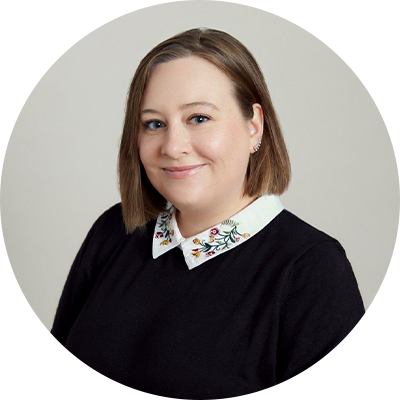What’s worrying Suze?
Based on your age and where you’re at in your career, Orman usually recommends you have 65% of your holdings in stocks and 35% in high-quality, short- or intermediate-term bonds.
For Canadians who take a more hands-off approach to managing their retirement accounts, the strong market performance of the TSX (Toronto Stock Exchange) over the past few years may have caused the balance of their holdings to shift on its own.
Because of this growth, your increasingly valuable stocks may have started to account for an even larger portion of your investment portfolio. Instead of a 65/35 split, Orman says you may now be looking at 78% stocks and 22% bonds.
A better online investing experience
Easy to use and powerful, Qtrade's online trading platform puts you in full control with tools and resources that help you make well-informed decisions.
Invest NowWhy is that a problem?
Your investing strategy should be adjusted or realigned as you get closer to retirement. When you’re younger or earlier in your career, you can afford to make riskier investments.
But, Orman says, "as you near retirement you want to make sure you are taking the right amount of risk, and not too much (or too little).”
Orman cites a recent analysis from Fidelity Investments on US retirement plans the company handles. Fidelity estimates about 20% of savers own more stock than they'd recommend for someone of their age.
Plus, Fidelity found that it’s the generation closest to retirement age — baby boomers — who were most likely to have too much stock in their portfolio.
The concern here is that if the stock market takes a dive right before you’re set to retire, you may not have the luxury of time for it to sort itself out before you need to count on those funds.
What you can do about it
Your first step should be to take a look at the balance in your portfolio. If it's been a while, chances are good that you'll need to rebalance it. Luckily, it’s relatively easy to rebalance your portfolio to get it back to your target allocation. Investments inside a Registered Retirement Savings Plan (RRSP) or Tax-Free Savings Account (TFSA) can be moved around without having to worry about paying any taxes as long as you strictly follow contribution limits and withdrawal rules.
As for what you should invest in, Orman is very clear that you should pick high-quality bonds. High-quality bonds, such as those issued by the Canadian government or highly-rated corporations, can provide stability to your portfolio. Keep in mind, however, that they can be as volatile as stocks when the stock market takes a tumble, making them a riskier choice when that’s exactly what you’re trying to avoid.
Not so long ago, adjusting your portfolio meant trying to get your advisor or broker on the phone and waiting for them to fulfill your order. Now, with the growing popularity in Canada of online self-guided investment portfolios and investing apps for your smartphone, you can easily set up and rebalance your own portfolio with only a few taps of your finger.
“Now is an especially smart time to do this,” Orman writes in her blog post.
“None of us knows what is in store for stocks, but what we do know is that stock values are at record highs. They may well go higher. But we shouldn’t be surprised if there is a market decline either.”
Unexpected vet bills don’t have to break the bank
Life with pets is unpredictable, but there are ways to prepare for the unexpected.
Fetch Insurance offers coverage for treatment of accidents, illnesses, prescriptions drugs, emergency care and more.
Plus, their optional wellness plan covers things like routine vet trips, grooming and training costs, if you want to give your pet the all-star treatment while you protect your bank account.
Get A QuoteWhat else can you do?
No matter how hot or cold the market is, or how much savings you already have, there's always more you can do to make sure you have all the cash you need — and then some — come retirement.
- Invest what you can spare. Making money in the stock market doesn't require that you be a financial expert or obsessive. By downloading a popular app that automatically invests your "spare change" from everyday purchases, such as Moka, you can set up a portfolio that grows steadily in the background — while you concentrate on the rest of your life.
- Ensure you’re getting the best price on insurance. By shopping around for the cheapest policies, you could potentially trim thousands off your car insurance costs this year. And while you’re at it, why not cut your homeowners insurance bill by another few hundreds of dollars a month, too?
— with files from Sandra MacGregor
Sources
1. Suze Orman: Time to Take Stock of Your Portfolio Risk
Trade Smarter, Today
Build your own investment portfolio with the CIBC Investor's Edge online and mobile trading platform and enjoy low commissions. Get 100 free trades and $200 or more cash back until March 31, 2025.









